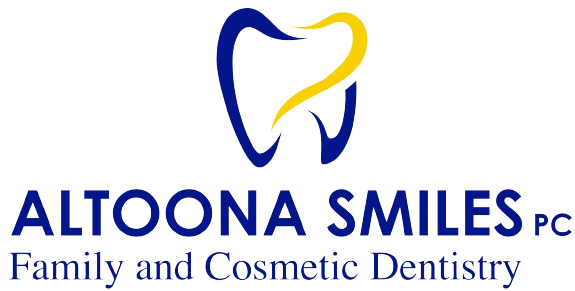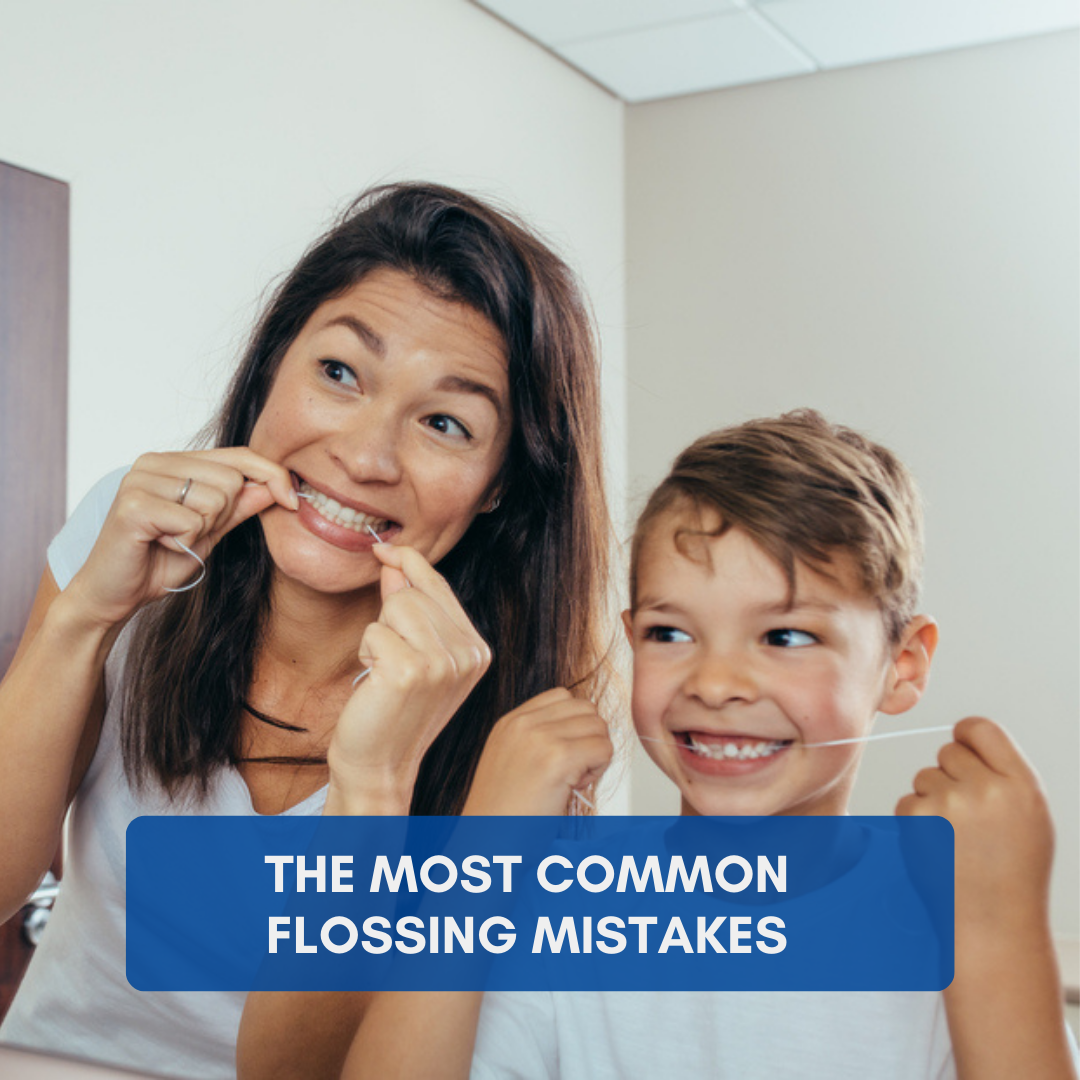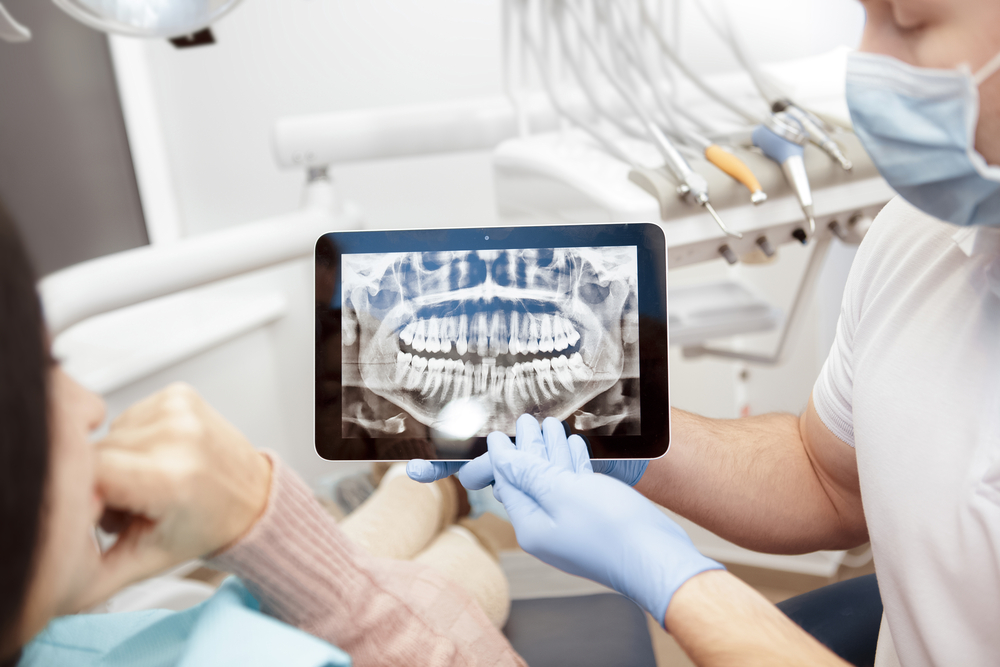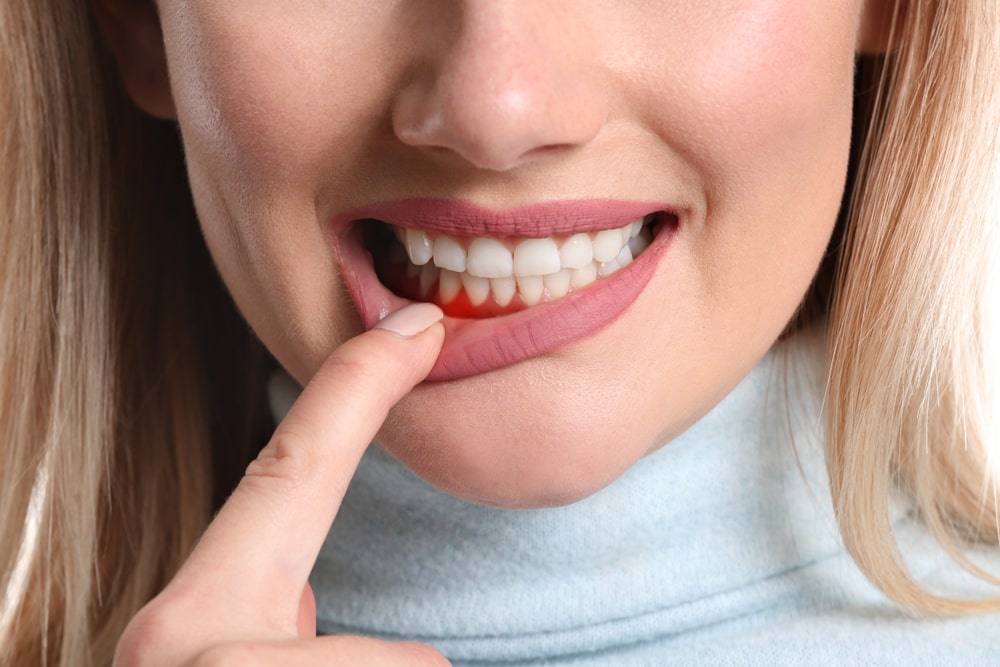Flossing is one of the most important things you can do for your oral health, but it’s also tricky and one of the most commonly neglected oral health practices. Unfortunately, if you’re not flossing correctly, you could be inadvertently making your teeth and gums more susceptible to cavities and gum disease. In this blog post, we will discuss some of the most common flossing mistakes people make and how to avoid them.
Not Flossing Daily
The first and most common mistake people make when flossing is not doing it daily. Flossing just once a week simply isn’t enough to remove all the plaque and bacteria that can build up in your mouth over time. After all, it only takes about 24-72 hours for plaque to harden into tartar. For optimal oral health, you should be flossing at least once a day.
Flossing Too Rough
Many people believe that the harder they floss, the cleaner their teeth will be. However, this isn’t necessarily true. In fact, flossing too hard can actually damage your gums and teeth. When you floss too roughly, you can tear the delicate tissue in your gums, which can lead to bleeding and inflammation.
Smacking the Gums
Another common mistake people make when flossing is smacking their gums with the floss. This not only doesn’t do anything to remove plaque or bacteria, but it can also damage your gums. Instead of smacking your gums, gently glide the floss between your teeth and along the gum line. Start at the gums and move the floss away from the gums to prevent gum irritation.
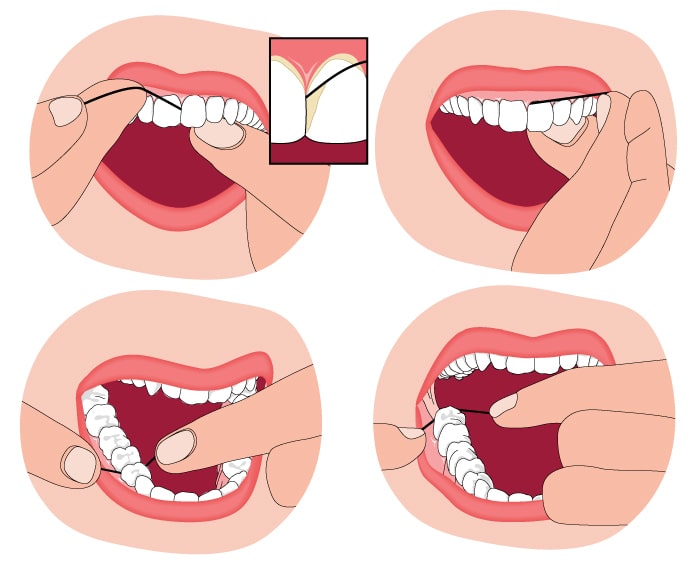
Skipping Certain Places
When you’re flossing, it’s important to be thorough and not skip any areas. Many people tend to avoid flossing behind the back teeth because it’s more difficult to reach. However, plaque and bacteria can build up anywhere in your mouth, so it’s important to make sure you’re flossing all of your teeth, both front and back. It is also important to floss along the gum line to remove plaque and prevent gum disease.
Using the Wrong Type of Floss
There are many different types of floss available on the market, so it’s important to choose the right one for your needs. For example, there are different types of floss that can work for teeth with gaps between them, as well as teeth that are very close. If you have braces, there are also special flosses that are designed to be used with braces. Part of maximizing your flossing routine is finding the best floss for your needs.
Flossing at the Wrong Time
Many people think that it doesn’t matter when they floss, as long as they do it at least once a day. Of course, flossing at the wrong time is better than not flossing at all. However, the best time to floss is actually in the evening before you brush your teeth. This way, the fluoride from your toothpaste will be able to reach all areas of your mouth, including between your teeth. Flossing before bed also limits the amount of bacteria that sits in your mouth overnight.
If you’re looking to improve your oral health, it is important to do your best to avoid these common flossing mistakes. Flossing once a day is essential for preventing cavities and gum disease, but it’s also important to be gentle and thorough when you floss to make the most of your flossing routine. Also, be sure to choose the right type of floss for your needs and always floss before you brush your teeth for the best results. By following these simple tips, you can ensure that you’re giving your teeth and gums the best possible care.
